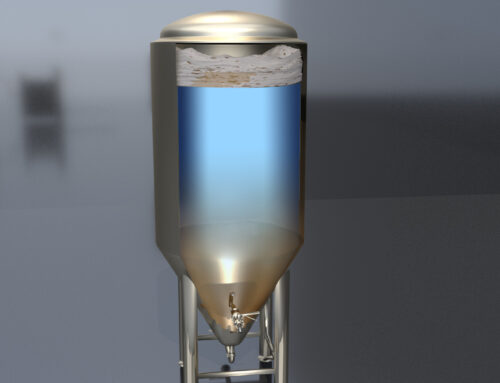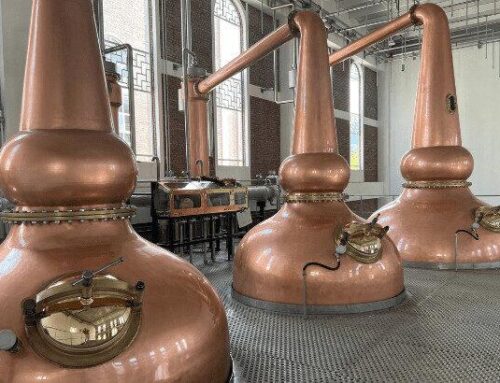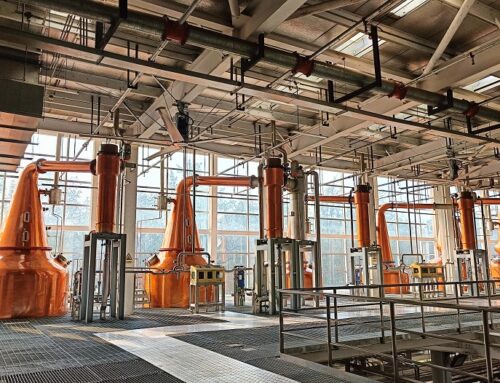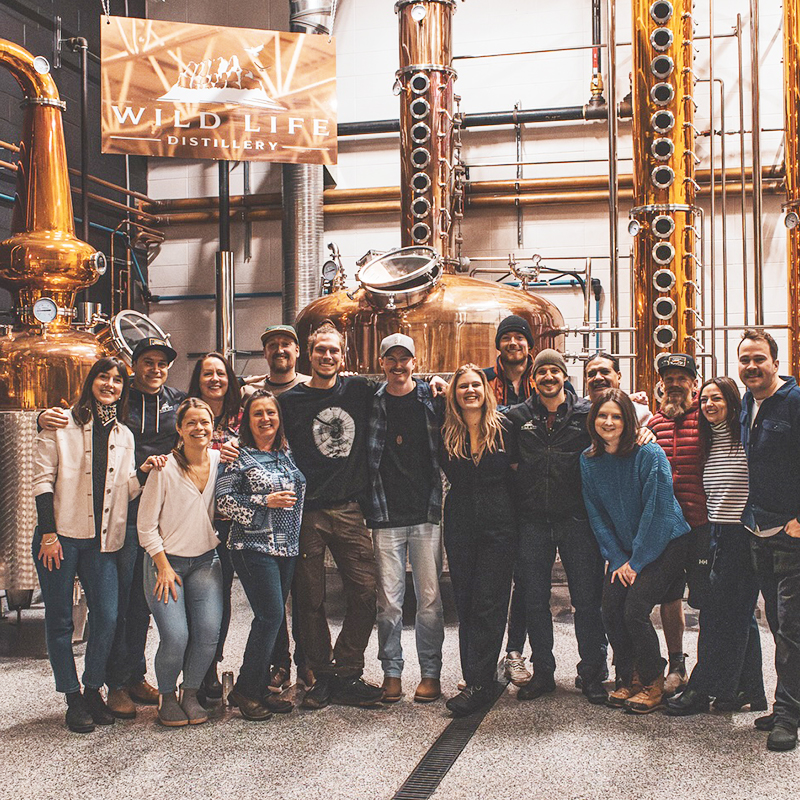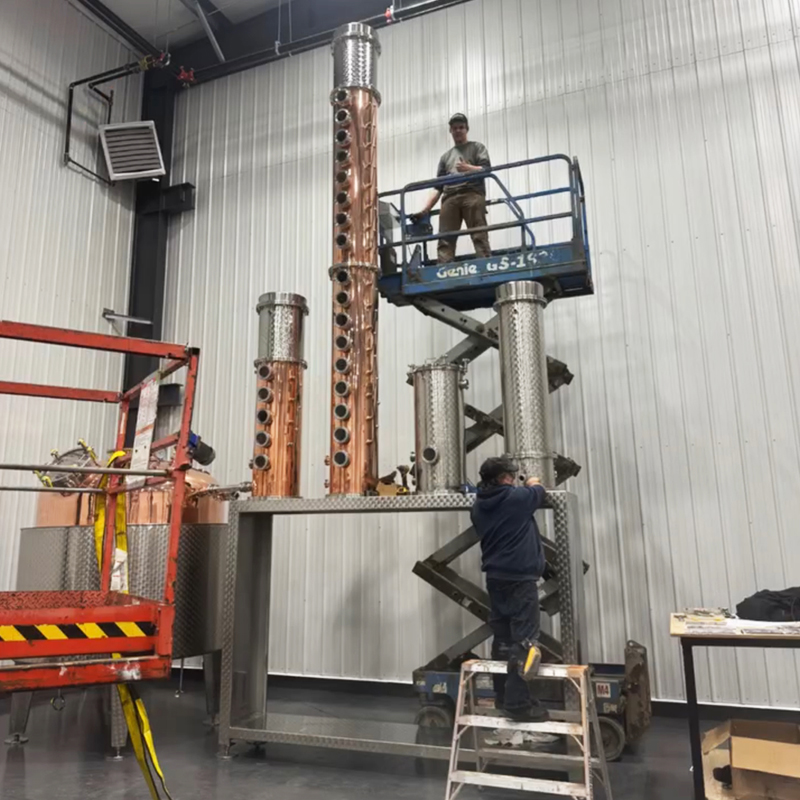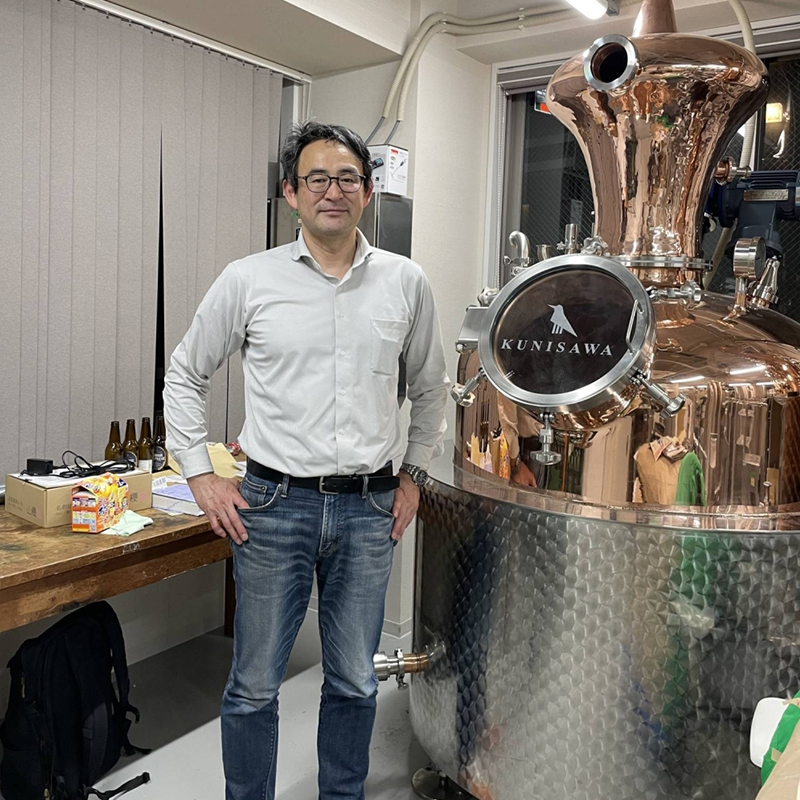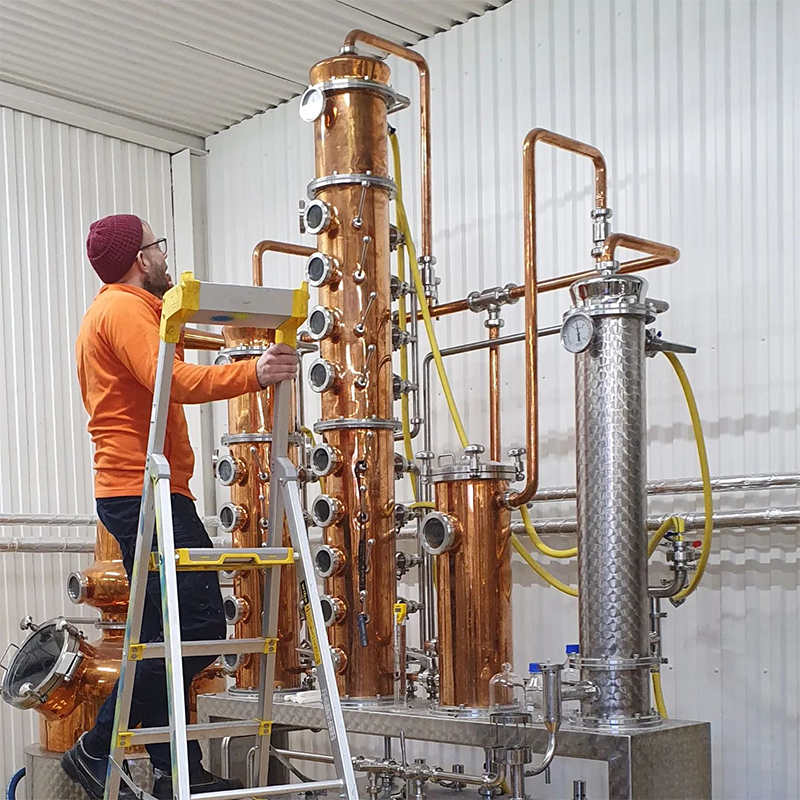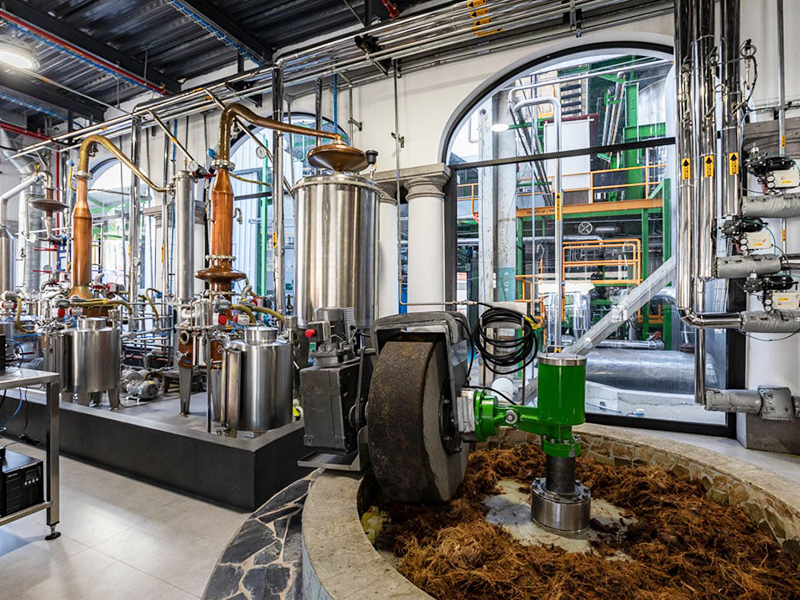
How Tequila is Made
Tequila, one of the most iconic spirits in the world, originates from the Weber Blue Agave plant. This large, succulent plant with spiky leaves and a bulbous core is the essential ingredient that gives tequila its unique flavor and character. The journey of transforming the agave into the beloved spirit involves a meticulous process divided into six key stages: picking, roasting, juicing, fermentation, distillation, and aging. Let’s explore each stage in detail to understand the artistry behind tequila production.
1. Picking: Harvesting the Agave
The journey begins in the agave fields of Mexico, where the plants are cultivated for 7 to 10 years until they reach full maturity. Skilled farmers, known as “jimadores,” use a sharp, long-handled tool called a coa to meticulously remove the spiky leaves from the plant, exposing the underground agave bulb, also known as the piña. These piñas are the heart of the plant and the source of fermentable sugars necessary for tequila production.
2. Baking: Unlocking the Sweetness
Once harvested, the piñas are transported to the distillery, where they are roasted to convert their starches into fermentable sugars. Traditionally, this is done in large ovens made of brick or clay, though modern producers may use stainless steel autoclaves for efficiency. The roasting process not only softens the piñas but also caramelizes their natural sugars, enhancing the flavor profile of the resulting tequila.
3. Juicing: Extracting the Nectar
After roasting, the softened piñas are crushed to extract the sweet juice, known as mosto. This process is traditionally carried out using a stone wheel called a tahona, but many modern distilleries employ industrial shredders and presses to maximize efficiency. The extracted mosto is collected and prepared for fermentation.

4. Fermentation: Bringing the Spirit to Life
In fermentation tanks, the mosto is combined with water and yeast to begin the transformation into alcohol. Over the course of 3 to 5 days, the yeast consumes the sugars in the mosto, producing alcohol and other compounds that contribute to tequila’s distinct flavors. This step is crucial, as it sets the foundation for the spirit’s character.
5. Distillation: Refining the Spirit
Fermented mosto undergoes distillation, a process that purifies and concentrates the alcohol. Tequila is typically distilled twice:
The first distillation, known as “destrozamiento,” yields a cloudy liquid called ordinario, with an alcohol content of 20%-25%.
The second distillation, called “rectification,” refines the liquid into clear silver tequila, achieving an alcohol content of 55%-75%.
This distillation process not only increases the alcohol concentration but also removes impurities, resulting in a cleaner and more refined spirit.

6. Aging: Adding Complexity
The final stage of tequila production is aging, which depends on the type of tequila being crafted. While blanco or silver tequila is typically bottled immediately after distillation, other types undergo aging in oak barrels to develop complexity:
Reposado: Aged for 2-12 months, offering a balance of oak and agave flavors.
Añejo: Aged for 1-3 years, delivering a richer, smoother profile.
Extra Añejo: Aged for over 3 years, characterized by deep, complex flavors.
After aging, the tequila is filtered, diluted to the desired alcohol content, and bottled, ready to be enjoyed.
The production of tequila is a blend of tradition, craftsmanship, and innovation, reflecting the rich heritage of Mexico. From the careful harvesting of the agave to the precise distillation and aging processes, every step contributes to the unique identity of this beloved spirit. Whether enjoyed neat, in a cocktail, or as a celebratory toast, tequila’s journey from agave to glass is a testament to the artistry and dedication of its makers.

